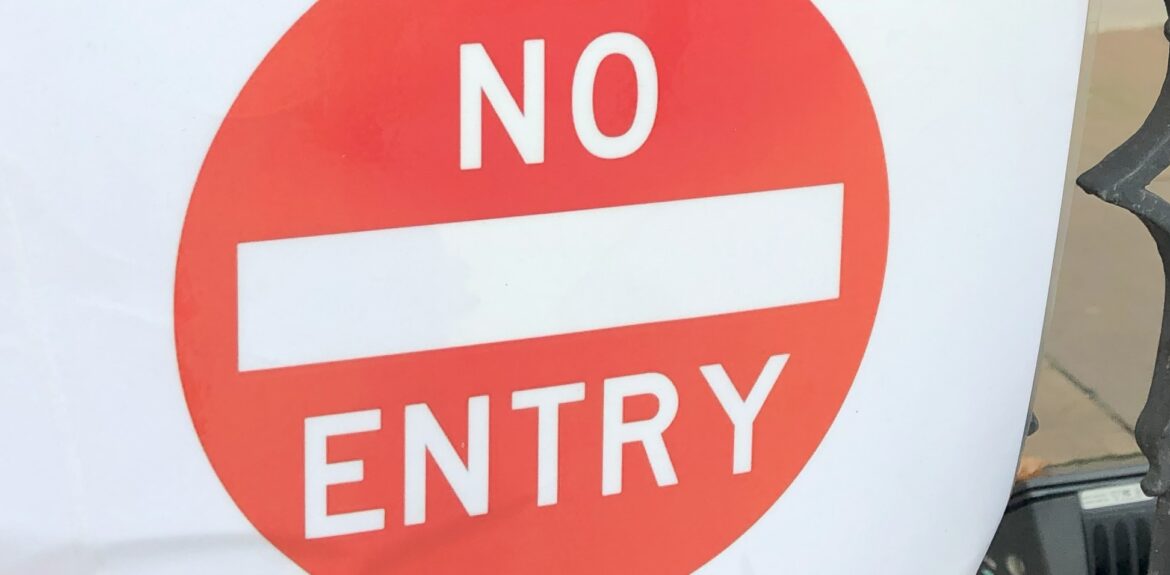Letter-to-phoneme conversion is a classic problem in machine learning (ML), as it is both hard (at least for languages like English and French) and important. For non-linguists, a ‘phoneme’ is an abstract unit corresponding to the equivalence class of physical sounds that ‘represent’ the same speech sound. That is, members of the equivalence class are perceived by a speaker of the language as the ‘same’ phonemes: the word ‘cat’ consists of three phonemes, two of which are shared with the word ‘bat’. A phoneme is defined by its role in distinguishing word pairs like ‘bat’ and ‘cat’. Thus, /b/ and /k/ are different phonemes. But the /b/ in ‘bat’ and the /b/ in ‘tab’ are the same phoneme, in spite of their different acoustic realisations, because the difference between them is never used (in English) to signal a difference between minimally-distinctive word-pairs. Although we intend to give most prominence to letter-to-phoneme conversion, the community is challenged to develop and submit innovative solutions to these related problems.


